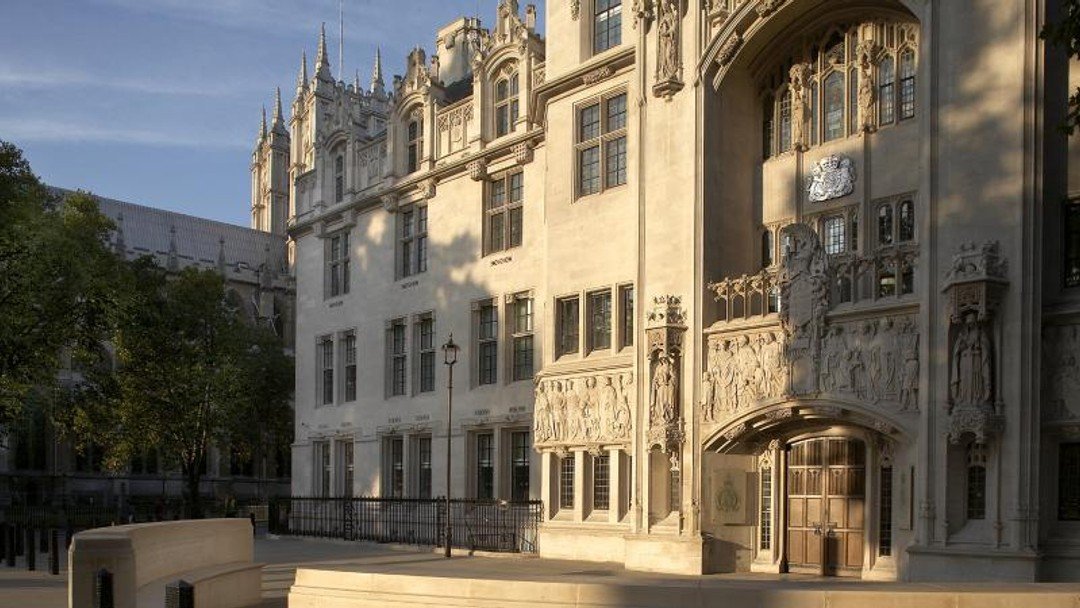A welcome decision on aggregation

By
Michael Colledge discusses the aggregation of 'related' matters or transactions in claims against solicitors following AIG v Woodman
The Supreme Court case of AIG Europe Limited v Woodman and others [2017] UKSC 18 has thrown some light on the meaning of ‘related matters or transactions’ in the context of the interpretation of solicitors’ indemnity insurance.
The case involved 214 claims by investors and prospective buyers of properties in two development projects in Morocco and Turkey. The buyers and investors provided funds to the developer’s solicitors firm, the International Law Partnership (ILP), to be held on trust pending the completion of various formalities.
When the developments collapsed ILP faced substantial claims in relation to both developments regarding released funds. ILP’s insurers, AIG Europe Limited, sought to aggregate the claims as one claim arising from related matters.
Meaning of ‘related’
The important point of principle is what it is that makes matters or transactions ‘related’. At first instance, Mr Justice Teare found that the relevant transactions were not ‘in a series of related matters or transactions’ by reason of their terms not being conditional or dependent upon each other.
The Court of Appeal rejected the need for them to be conditional or dependent, but in deciding the construction of the aggregation clause found that there must be an ‘intrinsic’ relationship between transactions rather than an extrinsic relationship. The word intrinsic was a shorthand way of indicating that the relationship must lie in something about the matters or transactions themselves. It was not enough that, for example, matters were conducted by the same fee earner or for the same client.
The insurer appealed to the Supreme Court still arguing that all the matters or transactions in both developments fell to be aggregated. The Supreme Court decided:
Repeated similar acts or omissions arising in different settings were not sufficient to cause a relationship to arise;
The word ‘intrinsic’ was not necessary or satisfactory as it was an ‘elusive term’ of which the meaning in the present context was not clear (paragraph 21); and
‘Use of the word “related” implies that there must be some inter-connection between the matters or transactions, or in other words that they must in some way fit together.’ Interestingly, Teare J came close to this analysis at first instance, suggesting that matters should be inter-connected before going further and determining that a relationship must be one of dependency.
The investors in each of the two development projects were co-beneficiaries under a common trust. The contractual arrangements in respect of each investor (of which a trust deed and escrow agreement were ‘part and parcel’) were connected in significant ways.
The court found that ‘the transactions fitted together in that they shared the common underlying objective of the execution of a particular development project, and they also fitted together legally through the trusts under which the investors were co-beneficiaries’.
Not interconnected
However, the numerous claims arising from each of the two development projects could not be aggregated into a single claim even though the projects bore a ‘striking similarity’. The projects were developed by the same client of ILP but related to different sites with legal arrangements which were not interconnected; there were two sets of aggregated claims not one. Each development project was found to be very similar in its form and business model but they were separate and unconnected.
The Supreme Court implicitly rejected the insurer’s express submissions that a collection of matters or transactions was sufficient to cause aggregation or that the way in which the developer conducted its business, described as an ‘overarching scheme’, was sufficient to cause aggregation across the two developments.
The unanimous judgment from the Supreme Court provides some useful assistance as to the meaning of the word related. It is not possible for claims to be aggregated on the basis of a connection to an external factor; the Supreme Court found that matters or transactions must not be merely connected but must be inter-connected or must fit together. A series of claims in unconnected matters arising from, for example, the dishonesty of a single solicitor would not aggregate.
This judgment will be seen as a positive outcome for clients, solicitors, and secondary level insurers who would otherwise face claims where a firm’s primary limit of indemnity is exhausted as a result of the aggregation of claims.
Michael Colledge is a senior associate at Russell-Cooke and a contributor to The Law of Legal Services
@RussellCooke www.russell-cooke.co.uk